AI-Powered Computer Vision for Airport Safety & Streamlined Operations
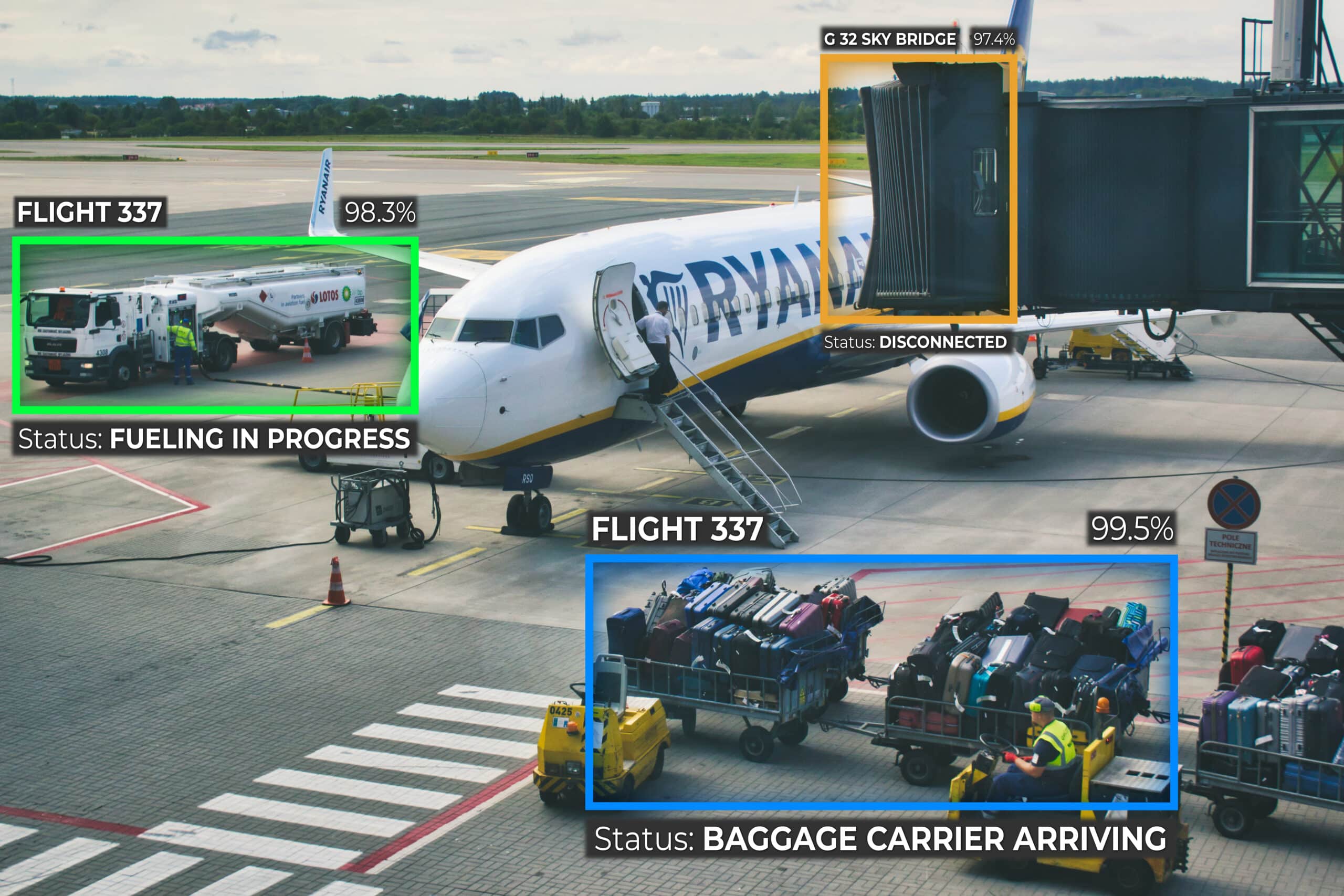
Matroid | September 29th, 2023

Airports around the world are continually evolving, with an increasing emphasis on public safety, security, and operational efficiency. One technology that has emerged as a game-changer in achieving these objectives is Computer Vision (CV), including artificial intelligence cameras and AI video analytics. However, not all CV solutions are created equal, and finding the optimal one is crucial to optimize output and guarantee cost-efficiency.
In this blog, we’ll explore the primary uses of Computer Vision in airports, explore its potential beyond security, differentiate between Computer Vision and Machine Vision, and highlight why Matroid is the preferred choice for many leading airports worldwide.
Computer Vision Applications for Airport Security and Cost Savings
Airports can harness computer vision technology to bolster security and streamline operations with applications like anonymous facial recognition, which plays a pivotal role in enhancing security. AI-powered cameras can discreetly identify potential threats or suspicious individuals in crowds, so airports can swiftly respond to security concerns.
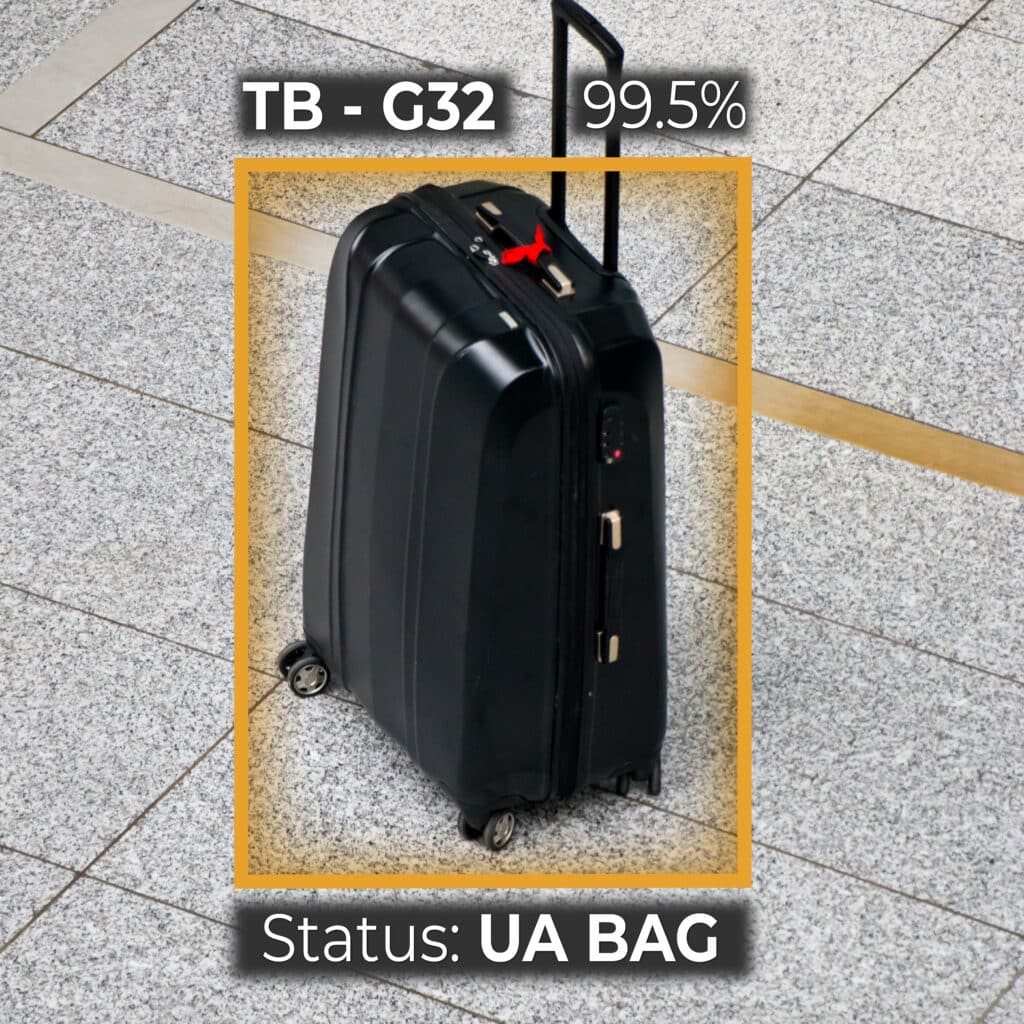
With lost/abandoned luggage detection technology, airports can promptly identify and address unattended baggage, safeguarding both passenger security and the continuity of airport operations. Furthermore, CV can track queueing and line creation, assist airports with proper staffing requirements, and ensure that check-in, security and baggage claim are running smoothly. All of these measures make travel faster, easier, and more cost-effective for passengers.
CV also contributes to increased security personnel efficiency with intelligent video monitoring of security cameras that aids in the rapid identification and response to potential threats, ultimately enhancing airport security. This can both reduce the cost of security personnel while simultaneously increasing their productivity by up to 95 percent.
AI for Public Safety and Airport Efficiency
Airport operations involve numerous complex tasks and responsibilities aimed at ensuring passenger safety and efficient travel. Among these tasks, the monitoring of runway condition is critical to maintaining airport safety and preventing accidents.
CV’s AI-based video analytics also plays a crucial role in runway safety by continuously monitoring runway conditions in real-time. It can detect foreign objects and potential hazards, like the condition of runway marking and lighting systems, ensuring safe take-offs and landings. Automated runway inspections reduce the likelihood of human error, enhance the speed of inspections, and generate detailed reports that can be used for maintenance planning.
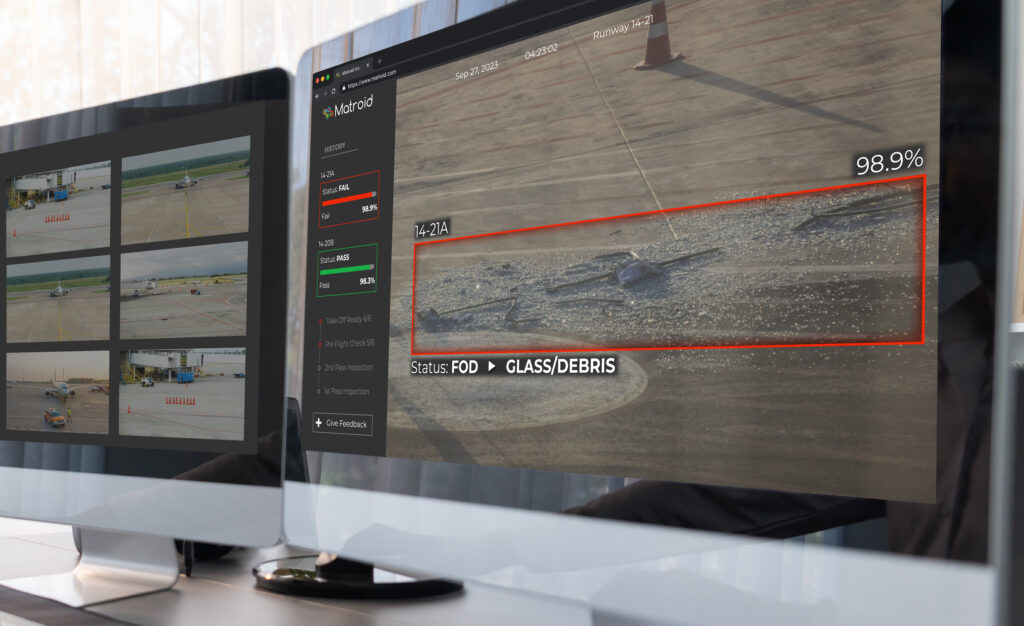
Compliance with regulatory standards, such as those set by the Federal Aviation Administration (FAA) in the United States, is a vital component to aviation safety. Automating these runway inspections not only helps identify issues but also ensures that the airport meets all necessary requirements set by aviation authorities.
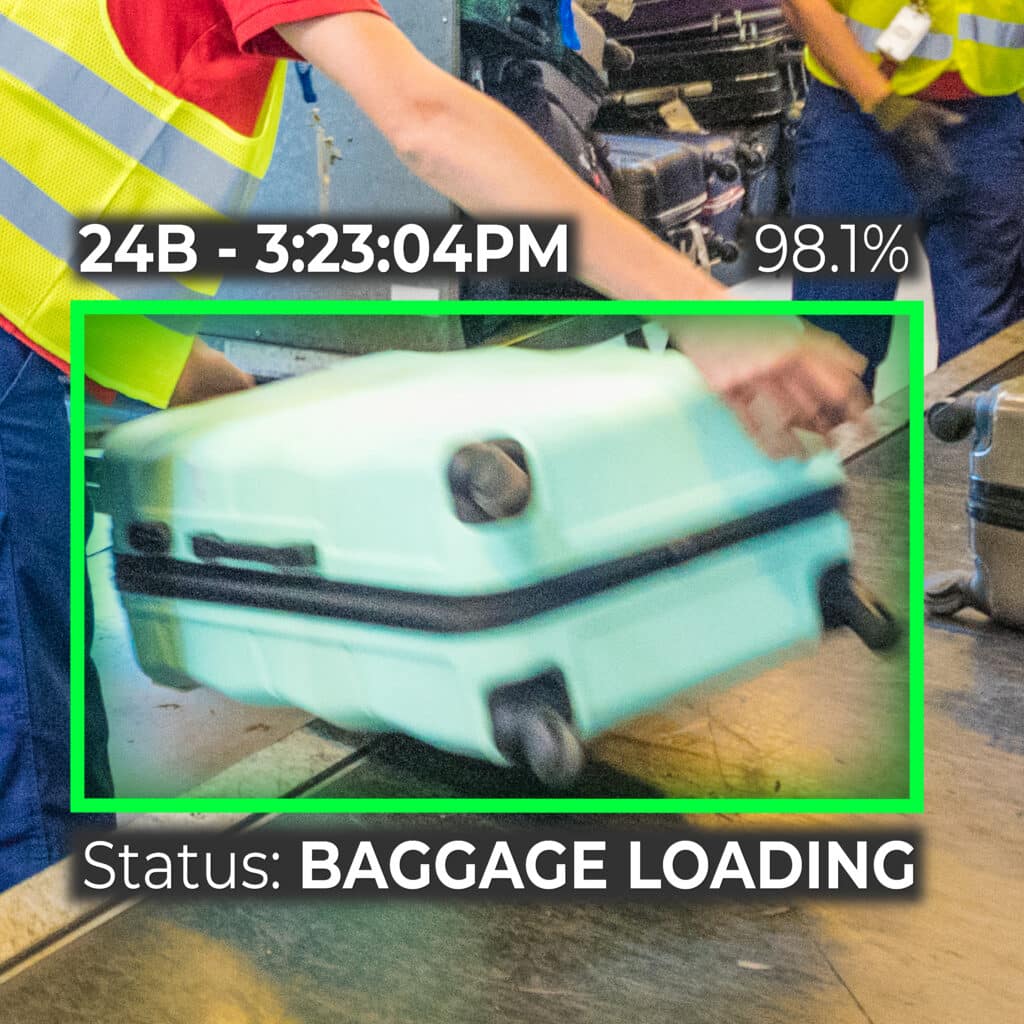
Another mandatory task for the aviation industry is cargo inspection, including detecting potential dangers like explosives, firearms, and drugs. Video AI systems enhance object detection by swiftly and accurately identifying anomalies and threats, expediting cargo clearance while ensuring safety. Efficient baggage handling is a must for passenger satisfaction. Matroid’s AI algorithms optimize flow, reduce lost baggage, and enhance airport efficiency.
Overall, Matroid’s AI and predictive tools optimize resource allocation and ensure timely maintenance of all aircraft, equipment, and facilities, with a focus on aviation industry best practices.
Why Matroid for Computer Vision Technology?
When considering CV solutions for airports, it’s important to understand the difference between Machine Vision and Computer Vision. While Machine Vision is rules-based with limitations on both what it can see and do, Matroid’s Computer Vision uses deep learning and can therefore provide more understanding – and action – with defect variations, precise classifications, high mix production, and changing lighting conditions.
Rules Based Machine Vision
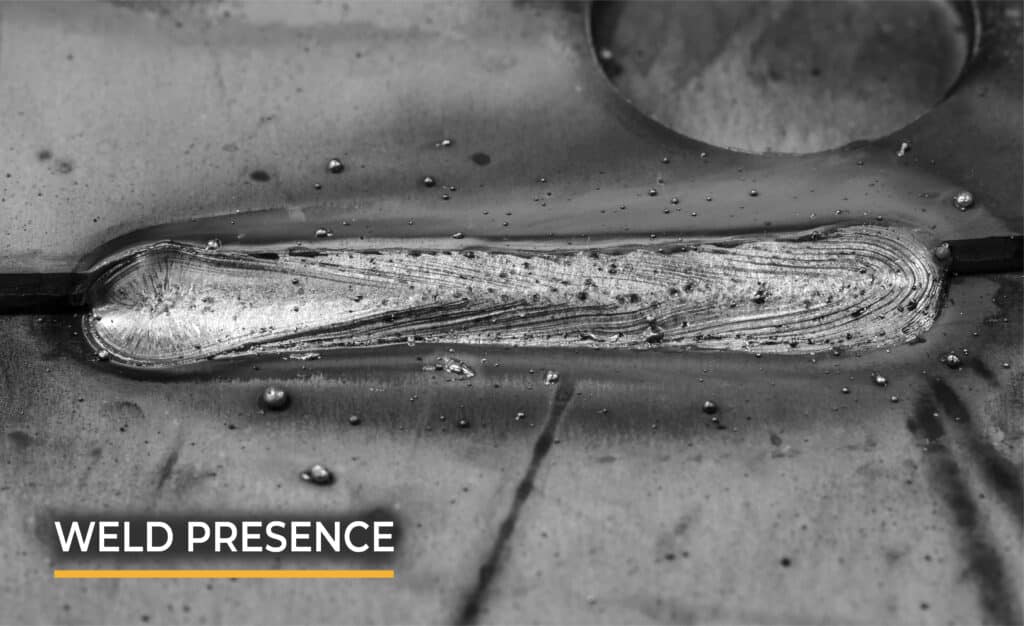
Matroid’s Computer Vision
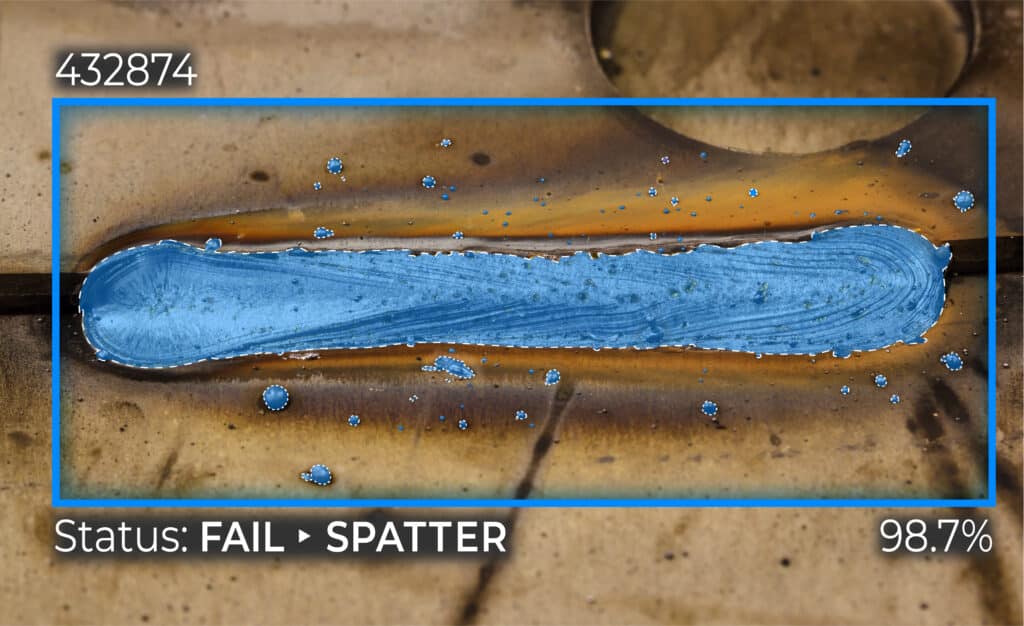
Deep learning falls within a larger category of machine learning techniques centered around artificial neural networks that incorporate representation learning. The adjective “deep” in deep learning refers to the multiple layers utilized in the network which far exceeds human capabilities.
As employed by Matroid’s AI computer vision system, this technology offers significant advantages over traditional machine vision methods for airport applications. It can handle complex scenarios, adapt to changing conditions, and provide more accurate and actionable insights, ultimately enhancing safety, efficiency, and security in airport operations.
CV Case Studies: Artificial Intelligence and Machine Learning
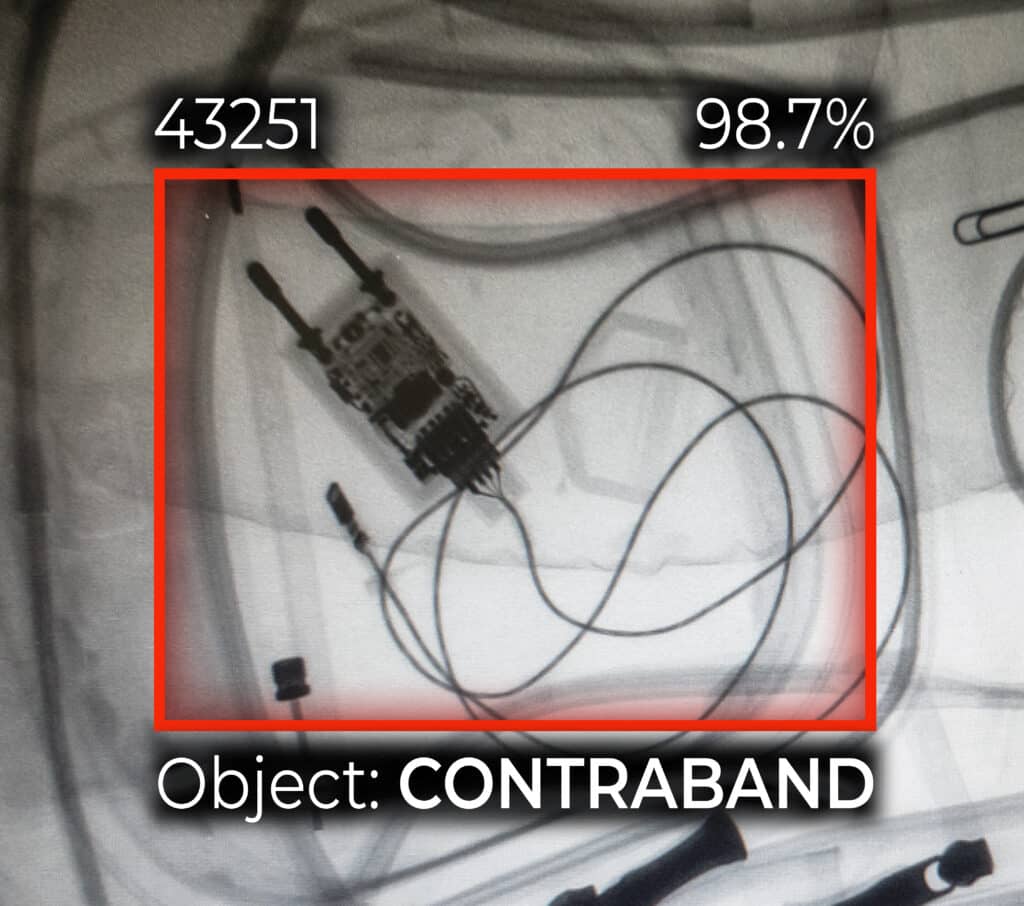
Matroid currently works with a number of airports to assist with threat detection, operational optimization, and compliance assurance.
Heathrow is the busiest airport in Britain, catering to millions of passengers annually. In 2021, it served 19.4 million passengers. Additionally, in 2021, there were 195,340 air transport movements at Heathrow, equivalent to an average of 536 flights arriving or departing daily. Matroid’s CV ai cameras, video data and image recognition helped Heathrow Airport enhance its queueing, process inspection, wait time analysis, and general safety applications.
Rome’s Leonardo da Vinci-Fiumicino Airport is the main international airport serving Italy’s capital. Located in Fiumicino, FCO is the primary hub for Alitalia and serves as a hub for ITA Airways. In 2022, the airport recorded a total of 29,360,613 passengers. The airport utilized Matroid’s AI video analytics for runway safety applications as well as line queuing and airport staffing.
“Matroid’s computer vision platform is key for ADR’s innovation initiatives,” said Innovation & Digital Manager Giulio Ranucci. “The cutting edge deep-learning technology empowers our teams to continuously ensure highly efficient and safe operations across the airport.”
In conclusion, Computer Vision is revolutionizing airport operations, making air travel safer, more efficient, and more enjoyable for passengers. Airports can achieve a higher level of public safety, operational excellence, and compliance. Using Matroid’s CV technology positions airports to function better but it also ensures they meet the evolving demands of the modern traveler.
Building Custom Computer Vision Models with Matroid
Dive into the world of personalized computer vision models with Matroid's comprehensive guide – click to download today